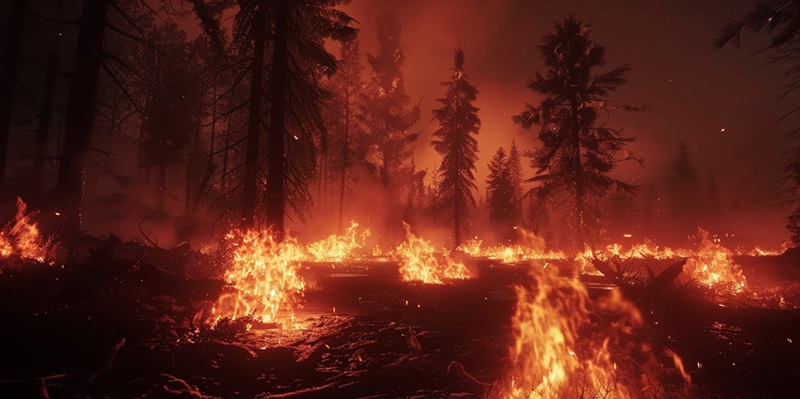In a remarkable step towards curbing the devastating consequences of wildfires, Turkey’s Ministry of Agriculture and Forestry has rolled out an Interactive Map of Wildfire Risk Zones powered by artificial intelligence (AI). This state-of-the-art map, introduced in 2022, collates data from over 400 sources, including meteorological forecasts, soil conditions, and historical trends, enabling real-time monitoring and detailed analysis of forest conditions. The primary goal is to identify high-risk areas and efficiently allocate resources, with the overarching aim of initiating proactive interventions to avert potential disasters. In a country frequently ravaged by wildfires, this technology promises a substantial upgrade in both accuracy and timeliness.
Turkey’s recent history underscores the exigency for such an advanced system. The catastrophic fires of 2021 that scorched the southern provinces highlighted the pressing need for better wildfire management. Traditional firefighting methods have shown limitations in both risk assessment and disaster preparedness. By leveraging AI, Turkey aims to not only improve the precision of risk evaluations but also to enhance early detection capabilities. This would not only safeguard human lives but also reduce the impact on ecosystems. The promise of this AI-driven system extends beyond the immediate benefits. Enhanced resource allocation and the potential for minimized operational costs are crucial aspects that make this initiative particularly revolutionary.
Overcoming the Challenges
In a significant move to reduce the devastating effects of wildfires, Turkey’s Ministry of Agriculture and Forestry has launched an AI-powered Interactive Map of Wildfire Risk Zones. Introduced in 2022, this advanced map compiles data from over 400 sources, including weather forecasts, soil conditions, and historical patterns, to enable real-time monitoring and thorough analysis of forest conditions. The primary aim is to pinpoint high-risk areas and allocate resources effectively, enabling proactive measures to prevent potential disasters. For a country often plagued by wildfires, this technology marks a substantial improvement in both accuracy and timeliness.
The devastating fires in Turkey’s southern provinces in 2021 highlight the urgent need for an advanced system like this. Traditional firefighting approaches have shown their limits in risk assessment and disaster preparedness. By harnessing AI, Turkey seeks to enhance the precision of risk evaluations and bolster early detection capabilities. This would not only protect human lives but also minimize damage to ecosystems. Beyond immediate benefits, the AI-driven system promises improved resource allocation and reduced operational costs, making it a revolutionary initiative.

